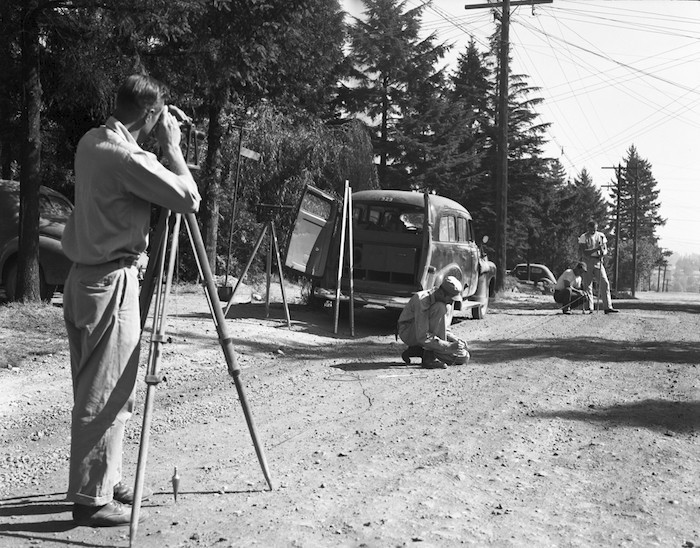The goal of Science Surveyor, a flagship project sponsored by the Brown Institute, is simply stated – Produce better reporting on science. The NiemanLab Blog has just published an overview of the project. Here is there setup.
“About 1.8 million new scientific papers are published each year, and most are of little consequence to the general public — or even read, really; one study estimates that up to half of all academic studies are only read by their authors, editors, and peer reviewers.
But the papers that are read can change our understanding of the universe — traces of water on Mars! — or impact our lives here on earth — sea levels rising! — and when journalists get called upon to cover these stories, they’re often thrown into complex topics without much background or understanding of the research that led to the breakthrough.
As a result, a group of researchers at Columbia and Stanford are in the process of developing Science Surveyor, a tool that algorithmically helps journalists get important context when reporting on scientific papers.”
Achieving the project’s goals is a heavily interdisciplinary affair, involving faculty and graduate students from both Columbia and Stanford Universities. Marguerite Holloway (Journalism), Dennis Tenen (English) and Laura Kurgan (Architecture) lead the team at Columbia and Dan Jurafsky (Computer Science) and Dan McFarland (Education) head the effort at Stanford. With this team, Science Surveyor has decades of experience in science reporting, the digital humanities, data visualization, and the science of networks.
The NiemanLab post nicely summarizes the team’s process and aims for the year. Congratulations to Marguerite and her team on an excellent article!

